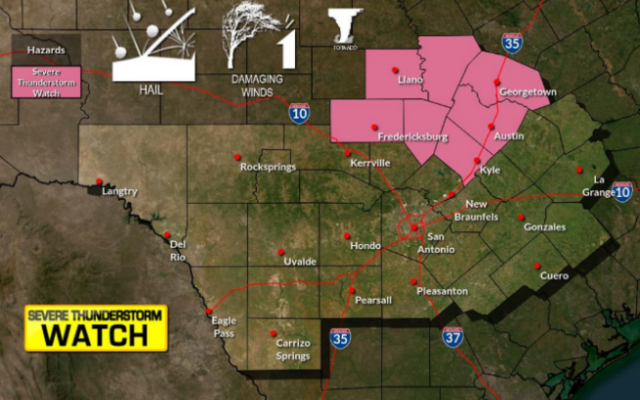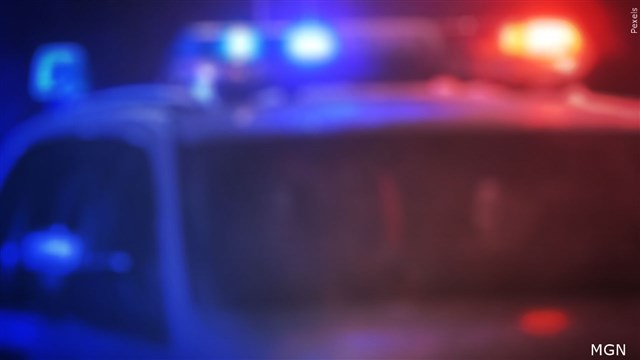Brehanna Daniels makes history at NASCAR as 1st Black woman pit member

(NEW YORK) — Brehanna Daniels says she thinks about how much her life has changed in just five years.
During college, the Norfolk State women’s basketball point guard said she never once thought about NASCAR as a sport, let alone a career.
But here she is, at 27 years old, on the NASCAR pit road, changing tires on race cars and breaking barriers for women and people of color along the way.
“Girl, you are crazy…” she told ABC News about what the person she was at 17 would think about her now, a NASCAR pit crew member.
“Especially, you know, a little black girl like myself at that time. [I] definitely was like, I’m never getting into NASCAR. It wasn’t even a thought in my mind,” she said.
That was until recruiters from NASCAR’s Drive for Diversity program showed up on her college campus in 2016 and introduced her to the sport. Her skills on the court were an easy fit for the fast-paced needs in a NASCAR pit crew.
“Brehanna was one of those who embraced it, came through the program, excelled,” said Max Siegel, the manager of NASCAR’s Drive for Diversity program.
After months of training, in 2017, Daniels became the first Black woman, over-the-wall tire changer in NASCAR’s history. By the end of the year, Daniels would make history again, as part of the first female duo in a NASCAR pit crew.
“I could not be more proud of what she’s accomplished both as an athlete, but she’s been amazing with her brand and social media and creating awareness and really getting people excited about the fact that if she can do it, there are other people that can do it,” Siegel told ABC News.
That success is what Siegel said he wants for all his recruits who come through the Drive for Diversity program. For the last twelve years, Siegel and his team have worked to recruit, train and support minorities like Daniels to increase diversity in all areas of NASCAR.
Siegel himself was NASCAR’s first highest-ranking Black executive. In a little over a decade, more than 60 of NASCAR’s women and minority drivers have come through the Drive for Diversity program, he said. Since 2009, the program has trained 75 gender and ethnically diverse candidates for NASCAR’s pit crews.
This year, at the Daytona 500, Siegel said he watched proudly when alumni of the program made up 10% of the field, including NASCAR stars like Bubba Wallace, Kyle Larsen and Daniel Suarez.
“I feel like for the first time since I’ve been involved, a lot of those things are starting to be addressed head on and progress is being made,” Siegel said.
While the Drive for Diversity program is keen to celebrate progress, Siegel said that success requires much more work. He said he has faced a lot of resistance in his efforts to bring more diversity to NASCAR but says he remains committed to the mission.
Daniels said she has had to tune out a lot of negativity even while some celebrate her achievements in the sport.
“People were like, ‘oh, she sucks,’ ‘what does it matter that she’s Black?’ It’s like, why wouldn’t that matter? You don’t see that every day in NASCAR. Why wouldn’t that be talked about?,” Daniels said.
Historically, NASCAR hasn’t been a welcoming space for black people. Dr. Ketra Armstrong, a professor of race and inclusion in sports at the University of Michigan, told ABC News.
“NASCAR hasn’t had very much success with the African American community at large because of NASCAR’s association with the Confederate flag,” Armstrong said. “You see that symbol, you know that it evokes these feelings of hatred and racial denigration. If you’re a Black consumer, it’s hard to enjoy the sports or the leisure or the activity when you’re surrounded by this ambiance or this effervescence that’s racially discriminating.”
NASCAR did not respond to a request for comment about Armstrong’s comments.
However, last year, the organization banned Confederate flags at its races.
Over the years, some of NASCAR’s drivers have also been embroiled in controversies about race. Larson, a NASCAR cup series driver and an alumni of the Drive for Diversity program, found himself in the pit fire and was suspended after using a racial slur at a virtual race last year.
Larson, who is half-Japanese, later apologized and said, “I wasn’t raised that way.”
In June 2020, Wallace, another NASCAR driver who also broke racial barriers in the sport, spoke out about racism after one of his crew members reported what looked like a noose hanging in the team’s garage stall. After investigating, the FBI concluded that the rope was a garage door pull rope and did not file any charges.
There are few women and minorities represented across the sport. It wasn’t until 2012, 64 years after NASCAR was founded, that it signed its first female pit crew member, Christmas Abbott.
Since then, only 15 pit crew members have been women, according to NASCAR. Only three have been women of color.
The NASCAR fan base is also overwhelmingly white. Based on NASCAR’s own data, provided to The Associated Press, 25% of fans identify as multicultural, only 9% as Black.
“It is very low. I think that you will get an honest admission from everyone in the sport that there is a ton of work to be done,” Siegel said.
Recently, celebrities like basketball Hall of Famer Michael Jordan and rapper Pitbull have invested in the sport, helping diversify the face of NASCAR’s team ownership — investments that could help drive new interest.
“There was a time where when you think about race and sport, NASCAR would be on the not-so-positive end of the spectrum,” Armstrong said. “I think it’s really becoming more intentional in addressing its past, its racist past and things that they can do better to respond to this multicultural generation in this multicultural market in which it operates.”
As for what success looks like decades from now, the Drive for Diversity program is still writing that chapter but Daniels said she already likes where NASCAR going.
“There’s always room for improvement. But like I said, I’m very proud of NASCAR and for all the progress it’s made … yeah, I love to see it,” she said.
Copyright © 2021, ABC Audio. All rights reserved.
You Might Also Like



